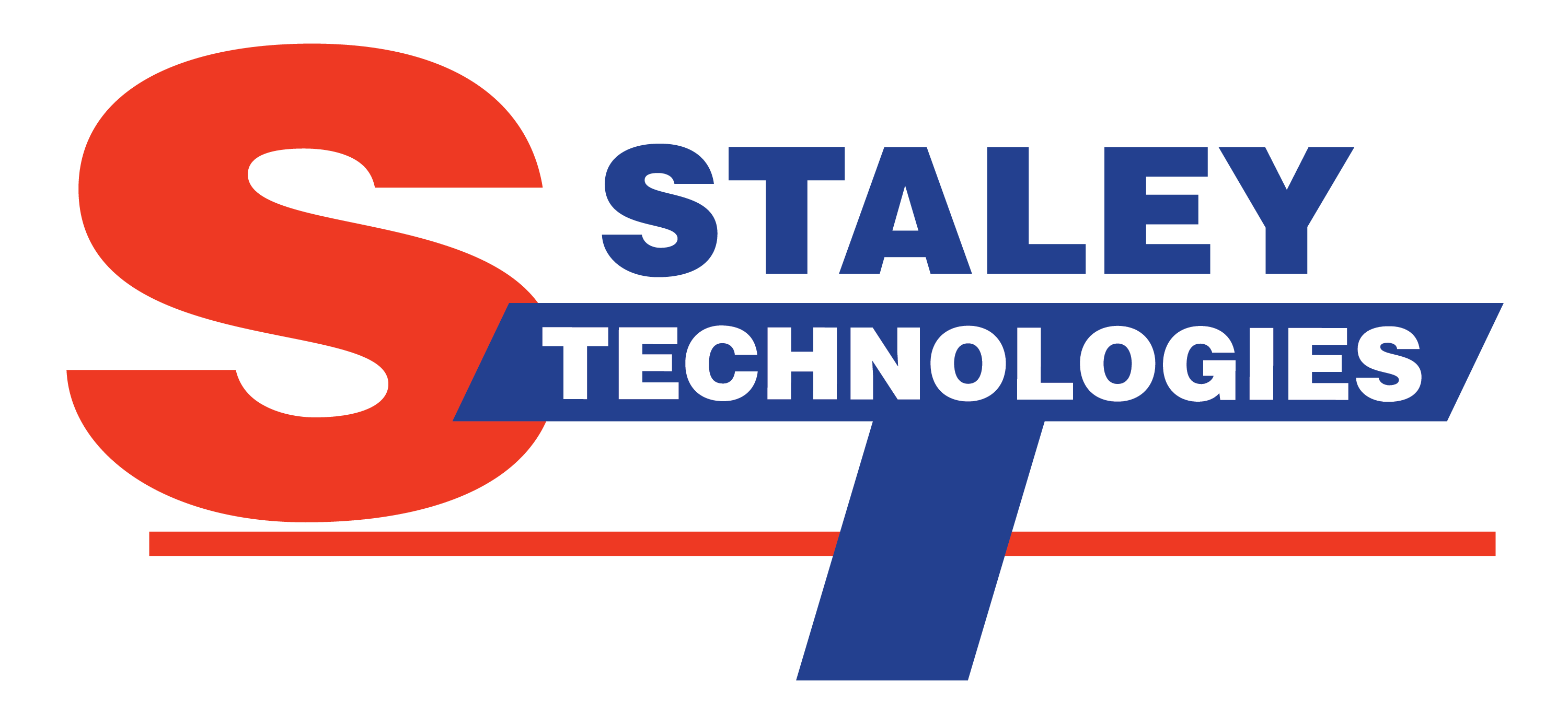In manufacturing facilities, emergencies can arise unexpectedly – from fires and chemical spills to medical incidents and extreme weather. A robust alerting system is essential for effectively managing these situations and keeping people safe.
Facility managers face several challenges when it comes to ensuring safety in manufacturing environments. Setting up efficient alert systems can be tricky, especially in loud workplaces with employees who speak different languages and have various levels of training.
Using communication tools like Motorola radios, PA systems, and visual signals will go a long way, but it’s still a complex task. That’s where Staley Technologies can help.
Our custom factory alerting systems typically consists of several basic components designed to notify and communicate with personnel in the event of an emergency or critical situation. Integration with other technologies such as fire detection, security, and access control systems, enhances the effectiveness of mass alerting systems. Linking these tools allows for automated responses to specific triggers, such as restricting access to certain areas during emergencies.
It’s important not to overlook the needs of employees with disabilities or those who may require special accommodations. This includes ensuring that alerting systems are accessible to individuals with hearing or visual impairments and considering the language needs of diverse workforce populations.
Where To Start
When considering a factory alert system, a facility manager should take several factors into account to ensure that the chosen system meets the specific needs and requirements of the operation.
Risk Assessment: Conduct a thorough risk assessment of the facility to identify potential hazards and emergency scenarios. Consider factors such as the types of machinery and equipment used, the presence of hazardous materials, and the layout of the facility. Understanding the specific risks faced by the facility will help determine the types of alerts and communication methods needed.
Regulatory Compliance: Familiarize yourself with relevant regulatory requirements and standards governing emergency preparedness and alerting systems in your industry and jurisdiction. Ensure that the chosen system complies with these regulations to avoid potential fines or penalties.
Scalability and Flexibility: Choose a system that can scale with the needs of the facility and accommodate future growth or changes. Consider factors such as the size of the facility, the number of employees, and any potential expansions or modifications to the facility layout.
Integration with Existing Systems: Assess the compatibility of the alert system with existing infrastructure, such as fire detection, security, and access control systems. Integration with these systems can enhance the effectiveness of the alerting system and streamline emergency response efforts.
Communication Methods: Evaluate the communication methods supported by the alert system and consider the needs of different groups of personnel within the facility. Ensure that the system supports multiple communication channels, such as audible alarms, visual alerts, text messages, and two-way radios, to reach personnel in various locations and environments.
Reliability and Redundancy: Choose a system that is reliable and resilient, with built-in redundancies to minimize the risk of system failures or downtime during emergencies. Consider factors such as backup power supplies, redundant communication pathways, and failover mechanisms to ensure continuous operation of the alerting system.
Ease of Use and Training: Select a system that is intuitive and easy to use, with minimal training required for personnel to operate effectively. Consider factors such as user interfaces, control panels, and automated alerting features to simplify the process of initiating and managing alerts during emergencies.
Testing and Maintenance: Establish procedures for regular testing and maintenance of the alerting system to ensure its ongoing reliability and effectiveness. Conduct routine drills and exercises to familiarize personnel with emergency procedures and verify the proper functioning of the system.


